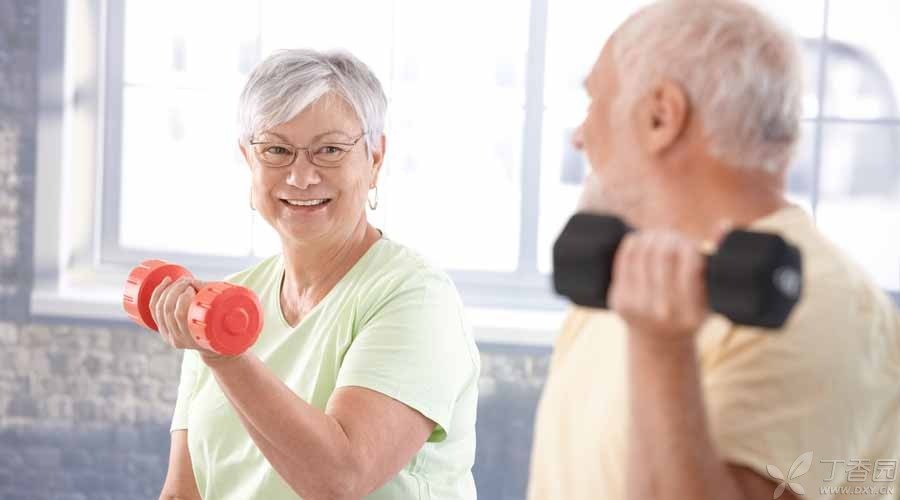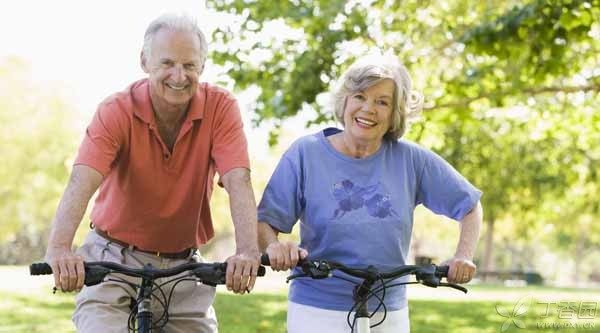
Patients with chronic obstructive pulmonary disease (COPD), referred to as COPD, have less exercise and less mobility, while weak muscles need more oxygen, so they may be panting when shopping or cooking.
Exercise can change this dilemma. When muscles are strong, daily activities will be easier.
Step 1 Take a walk
Almost every COPD patient has the ability to exercise, Especially for newly onset COPD patients, Walking is a good choice. Walking can be done anywhere, outdoors, at the mall or on the treadmill. When you feel discouraged or want to shrink back, try walking 30 seconds or 10 meters more every day, even if you walk slowly, it is good for your health. If you haven’t taken action yet, make an exercise plan with your doctor.
Step 2: Cycling
Fixed bicycle is a very suitable exercise tool for COPD patients. You can ride at home. While cycling in a gym or rehabilitation hospital, You can seek guidance and meet many partners. Before joining the cycling training class, remember to consult the sports teacher to determine whether this method is suitable. After making progress, you can try riding a traditional bicycle outdoors for a ride. However, if you feel short of breath while cycling, stop immediately and sit down for a rest.
3. Arm flexion
Arm flexion, Lift a lighter object, This exercise can help patients get things on shelves or pick up heavy objects. Dumbbells, elastic bandages or water bottles are all tools for arm flexion. Holding a heavy object in each hand, With your palms facing forward, inhale, bend your elbows, lift the weight to your chest, then slowly exhale, then inhale, and slowly lower your arms at the same time. Do 2 groups of exercises each time, and each group repeats this exercise 10-15 times.
4. Arm Lift Movement
Holding a heavy object with both hands facing inward, Lay both sides of your body flat. After inhaling, exhale slowly and raise your arms flat to the same height as your shoulders. Then inhale and slowly lower your arms. This action will strengthen the strength of your upper limbs and shoulders. Do 2 groups at a time, 10-15 times for each group. You can start with lighter objects and gradually increase the weight of the objects every 2-3 weeks to strengthen the muscle load.
Step 5 Stand on Tiptoe
Doing some leg exercises at ordinary times will make walking far and easy. Stand on tiptoe and stand 15-30 cm behind a strong chair with your heels off the ground. Keep your balance, breathe, then stand on tiptoe and exhale slowly. Stay on tiptoe for a while and then let your heels return to the ground. When you do better and better, try one leg exercise. Do 2 groups each time, 10-15 times each group.
Step 6 Stretch your thighs
If your legs are strong, sit in a chair with your back close back and inhale. Exhale slowly while one leg is as straight as possible without swaying your knees, then slowly lower your legs and inhale. Do it on each leg. As it gets easier, add weight to your ankles. Do 2 groups at a time, 10-15 times for each group.
Step 7 Exercise the diaphragm
This action can strengthen an important respiratory muscle, the diaphragm. Lie down first, Bend your knees, or sit in an easy chair with one hand on your chest and the other under your ribs. Slowly inhale through your nose, inflate your stomach, and hold up the hand on top. Then close your lips and exhale, shrink your abdomen, and keep your hand on your chest still. Do it 3-4 times a day for 5-10 minutes each time. This exercise will make breathing easy.
8. Dance in the chair
If you like dancing, try this armchair dance by taking a fitness class or watching DVD at home. Accompanied by jazz or street dance, different classes can make your heart beat faster, exercise your muscles, or have both effects.
It is suggested that beginners should first learn the safest tutorial on swinging, bending and other movements. If you add some heavy objects to your hands, it can also increase the challenge and improve the fitness effect.

9. Play Taijiquan
The ancient Chinese calisthenics [Taijiquan], its movements are gentle, smooth and flowing, very suitable for COPD patients. Playing Taijiquan has little load on heart and lung and is helpful to exercise muscles. Taijiquan can also relieve pressure and help relax, especially suitable for COPD patients with anxiety or impatience. You can learn Taijiquan through training classes or video materials.
10. Proper Breathing
In the course of movement, Breathe slowly. Shut up, Inhale through your nose, This moistens and filters the air. Exhale through your mouth twice every time you inhale through your nose. Don’t gasp for breath, which will prevent your lungs from exhaling all the gas. If breathing becomes fast and shallow, stop for a while, relax and do shut-up breathing (shut-up breathing means closing your lips and slowly inhaling and exhaling through your nose).
11. Stretch Exercise
Before and after the exercise, you should gently stretch your limbs. Try this stretching exercise: stretch your arms straight to shoulder height and push flat against the wall. Bend your right knee one step forward and tighten your left knee until you feel a slight pulling feeling in your lower leg, but don’t let yourself feel pain. Keep this action for 10-30 seconds, change your left leg again, and take turns to do it 3-5 times.
12. Try new ways of exercising
For patients with mild COPD, Jogging, skating and boating are all suitable forms of exercise. It can also eliminate the boredom of exercise. Some exercises can also have a double effect. Aerobic exercise in water is good for both COPD and arthritis patients. For beginners, it is safer to prepare a good lung rehabilitation plan. Some patients may not be able to do push-ups, sit-ups or lifting heavy objects. Ask your doctor what exercises are suitable for you.
13. Exercise with oxygen
If regular oxygen inhalation is required, patients may worry that it is troublesome and unsafe to use oxygen inhalation equipment while exercising, but if required by doctors, exercise with oxygen. For example, long oxygen inhalation tubes are used to facilitate patients to move at home, and light and compact travel oxygen tanks can allow patients to move out. Most exercises can actually carry oxygen.
14. When is it inappropriate to exercise?
If the symptoms of lung disease attack, appear asthma, cough, phlegm and other symptoms, then take a day off, contact a doctor, find a solution. In case of irreparable symptoms such as shortness of breath, rapid or irregular heartbeat, dizziness and so on, you need to ask a doctor for help immediately.
15. Make exercise a habit
For most people, exercise should be at least three times a week for 20 to 30 minutes each time, including aerobic exercise and strength training. If you feel unwell during exercise, it is beneficial to change to a relaxed exercise method, even if you only exercise for one minute.
Ways to maintain exercise habits include:
- Looking for companions to exercise together; Make a daily exercise plan; Write a sports diary and record all the good things in it.
